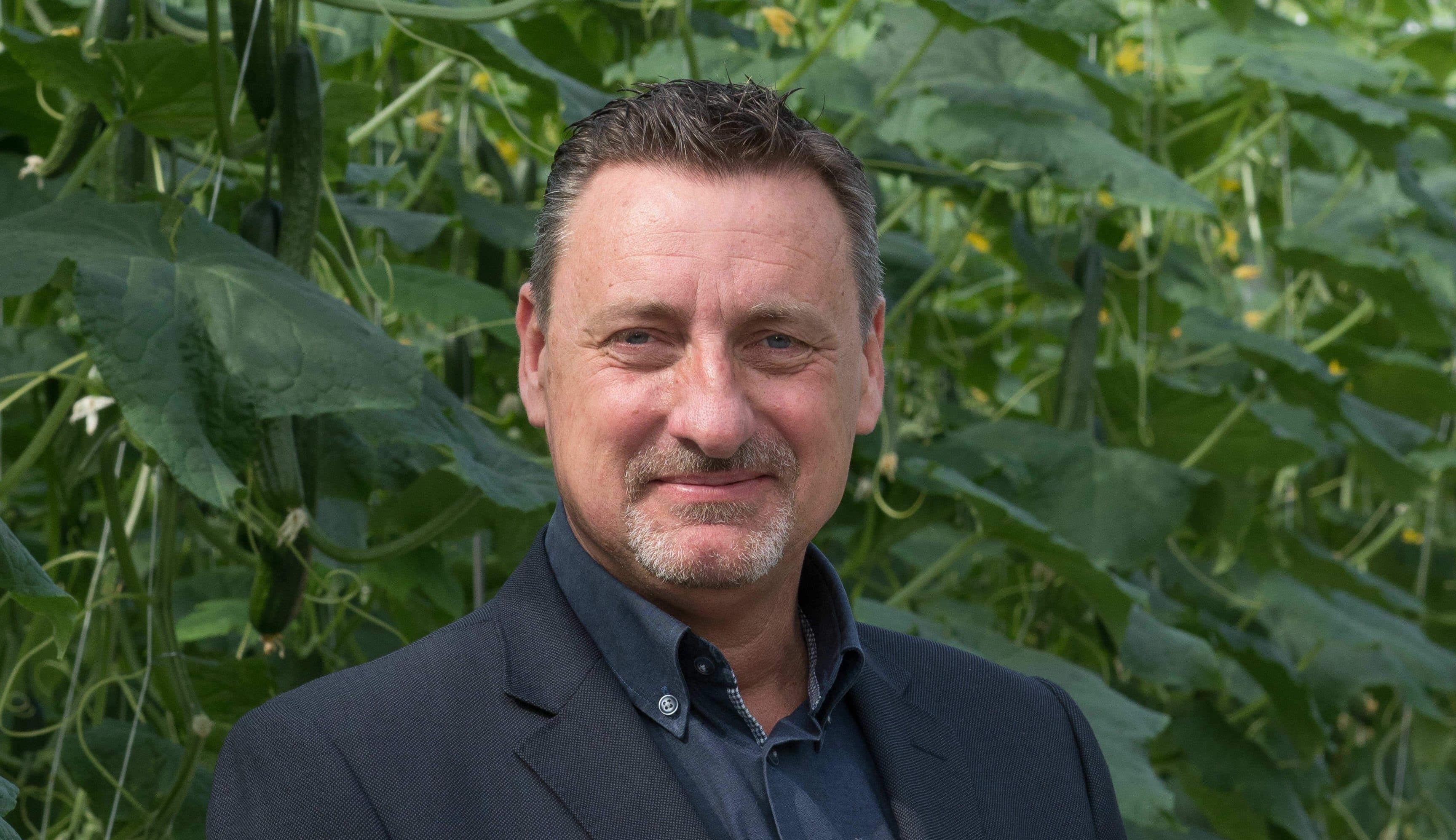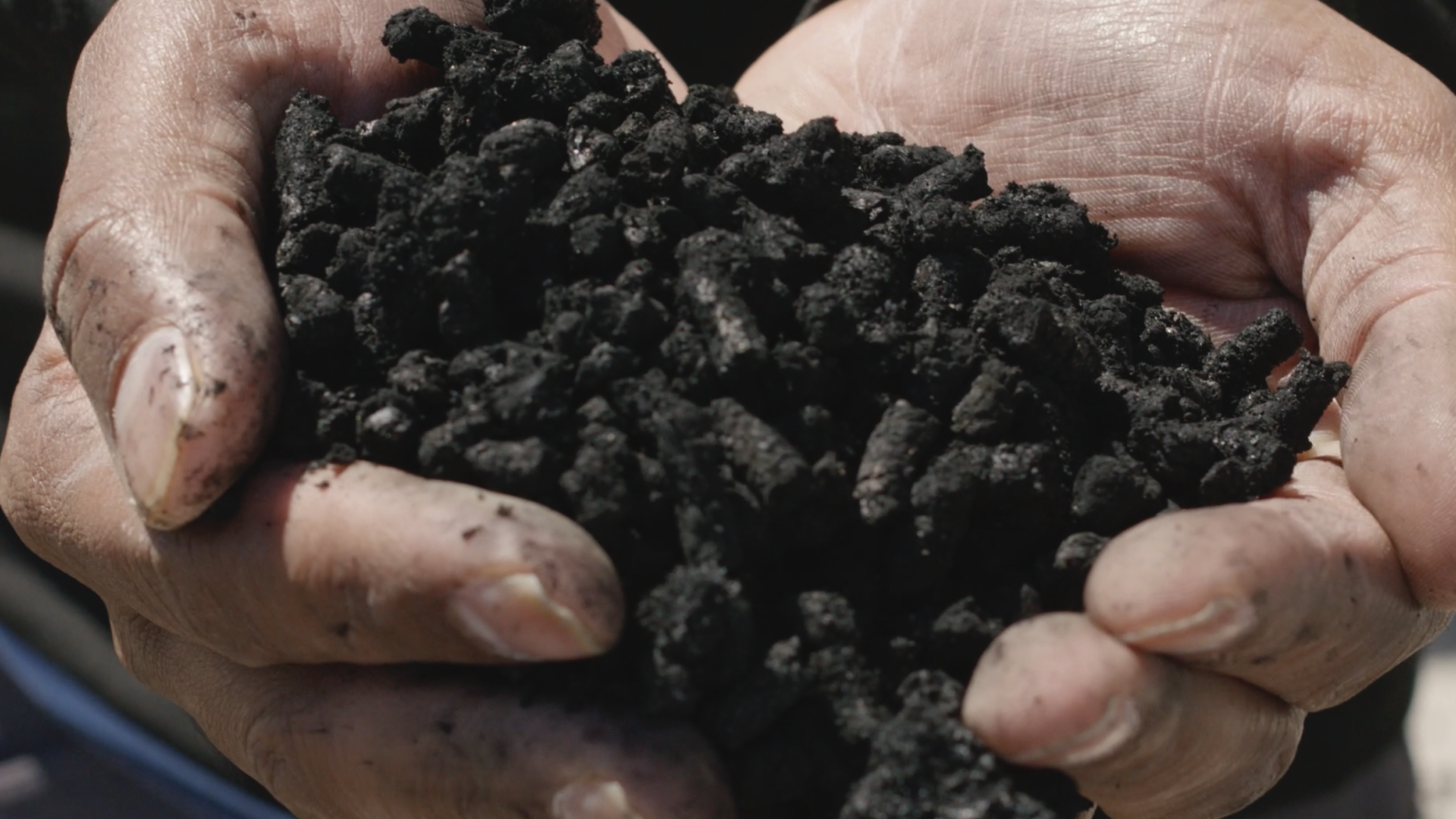Biochar in substrates: reduces and removes emissions while maintaining high performance
As the global demand for sustainable food production grows, the horticulture industry is increasingly interested in reducing its carbon footprint. One key area of focus is growing media, also referred to as substrate — the materials in which plants grow in greenhouses. While greenhouse cultivation and the demand for growing media are increasing, growers and substrate producers seek alternatives that balance performance, sustainability, and circularity. In this article, we explore the role of biochar in growing media and professional horticulture. We sat down with Pekka Järvenpää, Carbo Culture’s Product Development Lead, to discuss the role of biochar in growing media and its advantages over traditional materials like coir, wood fibre, peat, stone wool, and perlite.
According to Pekka, several aspects make BCR biochar an interesting growing media constituent. Firstly, “a recent Wageningen University and Research study indicates that Carbo Culture biochar is appropriate for use as a component in growing medium mixtures up to a level of 100%. Moreover, when combined with coir or peat, our BCR biochar provides a safe and sustainable alternative for growers.” This means, BCR biochar has good technical characteristics and is biologically, chemically, and physically stable. Secondly, it is scalable for commercial use in professional horticulture, and finally, it is sustainable.

Biochar in growing media: a carbon-neutral alternative
One of the biggest challenges in horticulture today is the carbon footprint of growing media. Many commonly used raw materials, such as peat and stone wool, come with significant environmental costs. “Peat extraction releases stored carbon into the atmosphere, contributing to climate change. Perlite and rockwool, on the other hand, require high-temperature industrial processes that generate emissions,” explains Pekka. “Even renewable materials like coir and wood fibre have carbon footprints due to processing, transport, and energy use.”
Biochar, however, stands apart. “It is the only raw material which is inherently carbon-neutral or even carbon-negative. Our Carbolysis™ process transforms biomass into BCR biochar. The process locks carbon into a stable form that remains in the material for thousands of years rather than being released as CO₂.”
The ideal component for substrate mixes
Pekka has over 20 years of experience in the growing media industry. He sees biochar as an essential constituent in optimised substrate mixes. “A well-balanced mix includes a combination of materials that provide structure, aeration, and water retention. Biochar blends seamlessly with coir, wood fibre, and peat to improve these properties. With biochar-based growing media, growers can reduce the carbon footprint of their produce without compromising plant growth.” He adds that biochar contributes to the water dynamics by providing the needed water-holding capacity while maintaining good air-filled porosity.
Bridging the gap between organic and inorganic growing media

One of the most exciting properties of biochar is its ability to combine the best features of organic and inorganic growing media constituents. “Organic materials like peat and wood fibre promote positive microbial activity, but they decompose over time. Inorganic options like perlite and rockwool provide structure and longevity but lack biological benefits and are resource-intensive to manufacture.”
Biochar offers the best of both worlds. “It has a stable structure like inorganic materials but also supports microbial activity, nutrient retention, and water dynamics like organic ones. Unlike other organic materials, biochar doesn’t degrade over time, making it a long-term asset in growing media.”
Circular biochar economy
Beyond its immediate benefits, Pekka emphasises the long-term sustainability of biochar through cascade use. “Instead of discarding spent growing media, we can turn it into biochar, closing the loop. The spent growing media can be reprocessed into biochar and reintegrated into new substrates. When it reaches the end of its usability in horticulture, it can still serve as a soil amendment, improving the quality of agricultural land and locking away carbon permanently.”
Cascade use has the potential to revolutionise the industry by reducing waste, lowering reliance on virgin materials, and enhancing carbon sequestration. “We see a future where biochar is not just a growing media component but a key element in a circular economy approach to horticulture.”
“High-performance growing media and long-term carbon sequestration”
BCR biochar is more than just an alternative growing media component—it is the only carbon-neutral option available for the demanding needs of professional horticulture. Biochar bridges the gap between organic and inorganic materials. Used strategically in blends, it enhances water dynamics and aeration. Through cascade use, biochar ensures that horticultural production becomes a circular process.
“At Carbo Culture, we’re excited to be at the forefront of this shift,” says Pekka. “By working with growers, substrate producers, and sustainability leaders, we can help build a future where BCR biochar plays a vital role in high-performance growing media and long-term carbon sequestration.”

For more information please reach out to Pekka Järvenpää at pekka@carboculure.com



